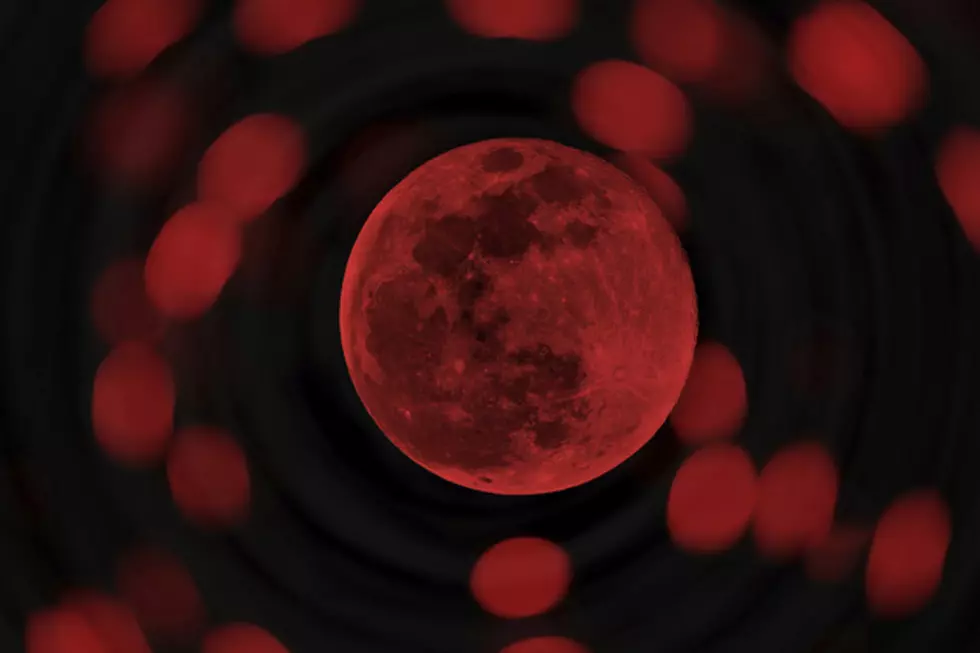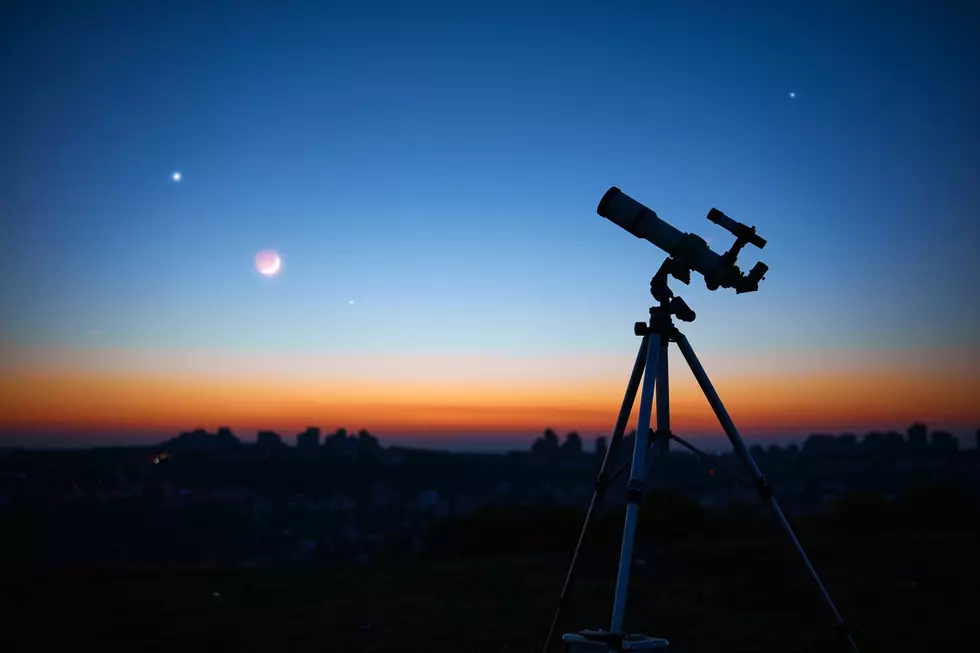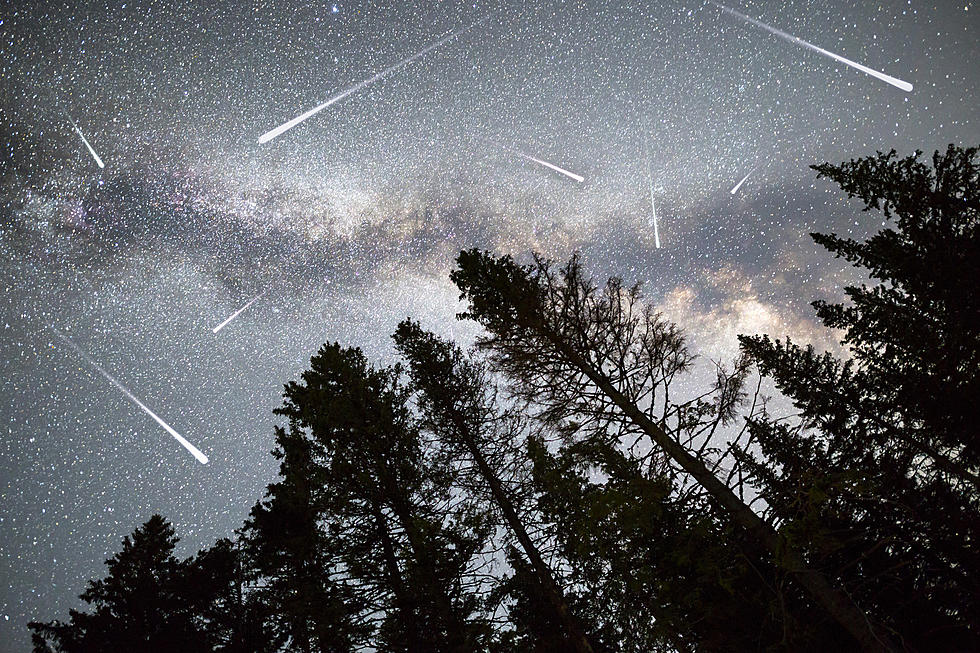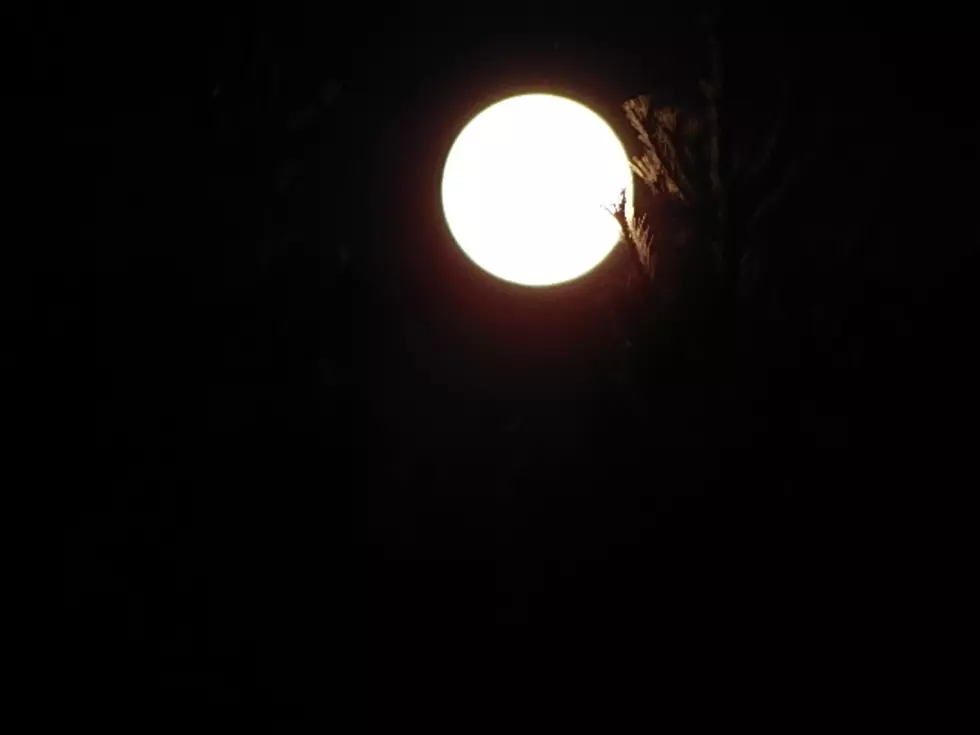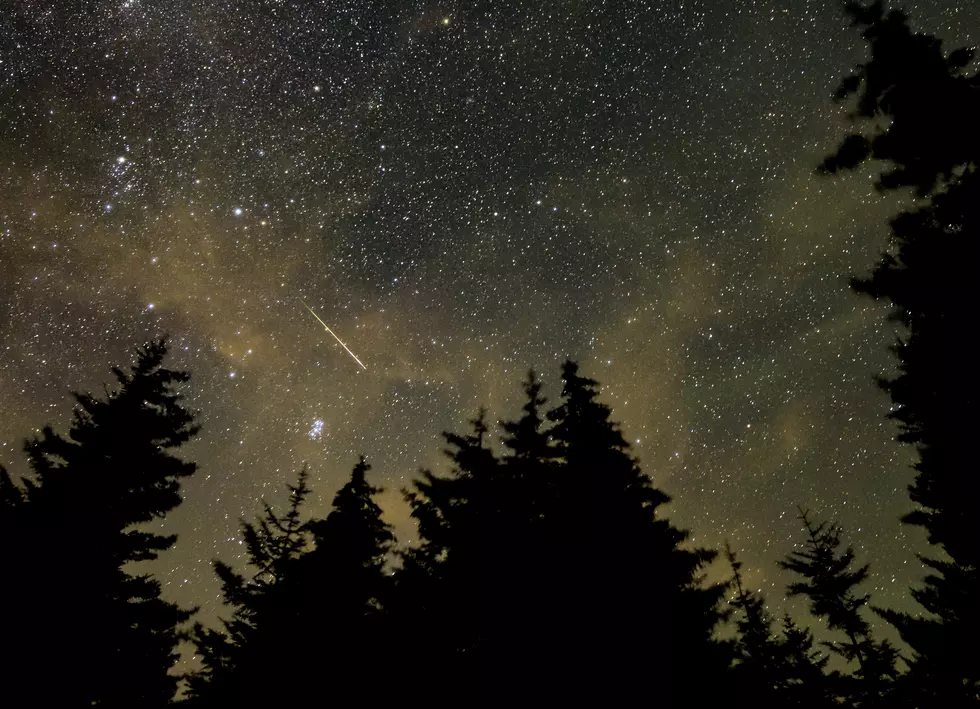
Beautiful Clear Skies Friday Night Means Perfect Meteor Shower Viewing
The annual Lyrid meteor showers are back and this weekend they will hit their peak viewing window over the SouthCoast. Lucky for us, the weather also appears to be perfect for seeing some serious shooting stars.
Not every meteor that enters the Earth's atmosphere can be seen as a shooting star, but when these seasonal meteor showers pass our way, lots of them streak across the night sky.
The trick is knowing where and when to look for them.

Best Time to See the Lyrid Meteor Shower in New England
Technically the Lyrids have been happening since April 15. But for this medium strength meteor shower, there are really only about three days of awesome night sky viewing.
For us the SouthCoast, peak viewing this year is going to be this Friday April 21 through Monday April 24. That is when the moon will be its smallest and the meteoroids will be easier to spot.
Sadly the tail end of the weekend gets pretty cloudy, so really your best bet it to get out there on Friday and Saturday when the temperatures will be around 50 overnight and the cloud coverage won't be too thick.
How to View The Lyrid Meteor Shower
Best part about the Lyrids to me is that you don't have to stay up all night to see them.
These meteoroids can start streaking by at around 10:30 P.M. Though admittedly the best shooting stars happen just before dawn.
You also don't need any equipment to see them. Just find a dark place, get comfortable and be patient, because it can take up to 30 minutes just for your eyes to adjust to the darkness.
Once they do, simply look up. Search high in the night sky for one of the brightest stars you can see. This is hopefully one of the stars in Lyra, the constellation that gives this shower its name and the point where the meteoroids originate.
Shift your gaze to the right of this star and watch patiently.
The average Lyrid shower produces 15 to 20 meteoroids per hour, so you may have to wait a bit to see one. You'll know you did when you see the signature 'tails' of the shooting stars streaking the night sky.
Don't forget to bring a blanket, something warm to drink and your camera to capture the moment. And definitely don't forget to make a wish.
LOOK: 31 breathtaking images from NASA's public library
These Stunning Images of the Harvest Moon Are Almost Too Good to Be Real
More From WFHN-FM/FUN 107

